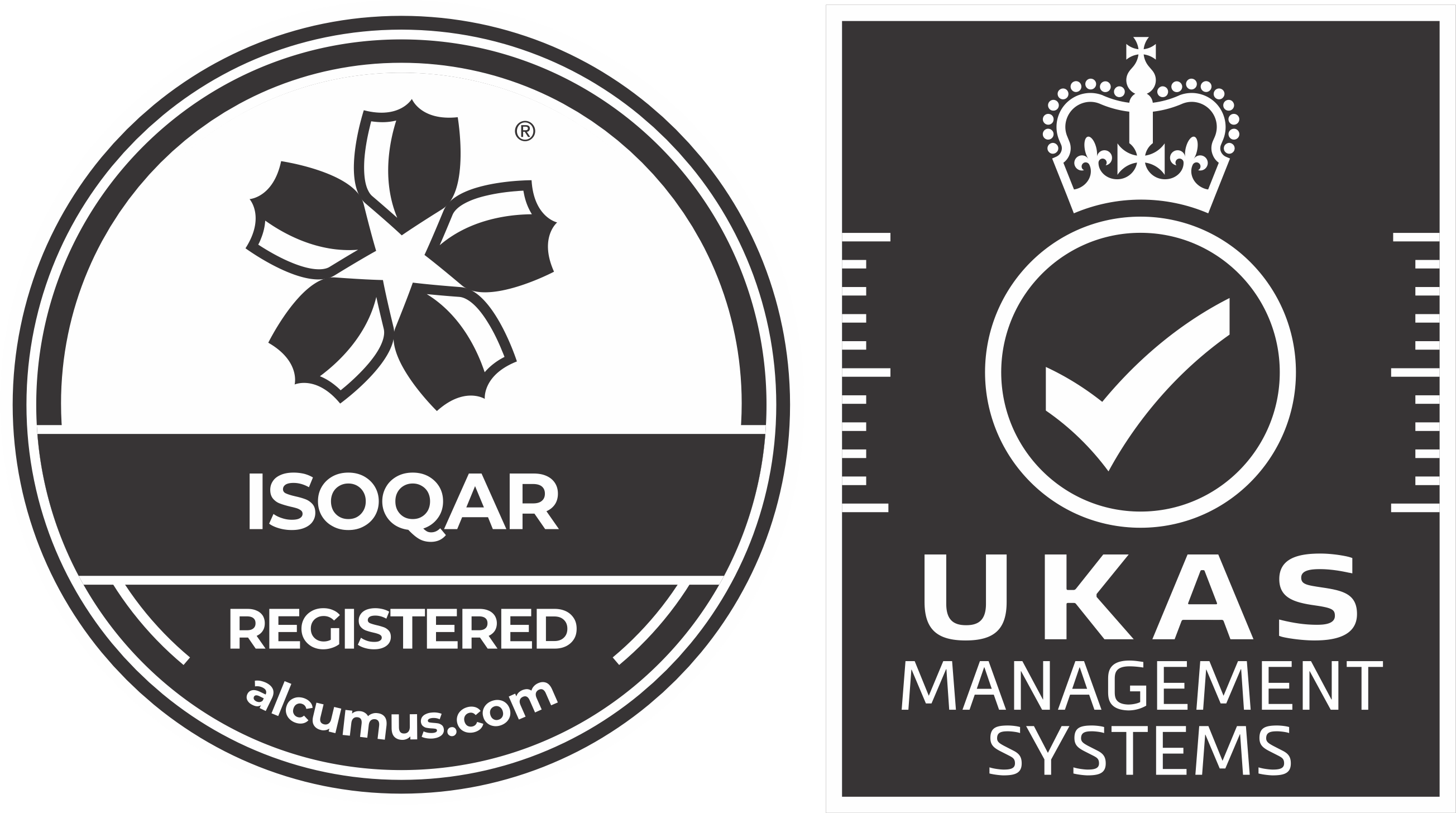Diabetes Care
Diabetic care drugs are medications that help people with diabetes control their blood sugar levels and prevent serious complications such as heart disease, kidney failure, and nerve damage. Don Valley Pharma is leading diabetic care manufacturer drugs in Pakistan.
Generic: Metformin HCI
Composition: 500mg/Tablet
Generic: Metformin HCI
Composition: 850mg/Tablet
Generic: Metformin HCI
Composition: 1gm/Tablet
Generic: Empagliflozin
Composition: 10mg /Tablet
Generic: Empagliflozin
Composition: 25mg /Tablet
Generic: Empagliflozin + Metformin
Composition: 12.5mg + 500mg /Tablet
Generic: Sotagliflozin
Composition: 200mg/Tablet
Other Diabetes Care Products
| Sr. # | Brand Name/Form | Generic/Composition | Pack Size |
|---|---|---|---|
| 1 | Gliformin Tablets | Each Tablet contains: Metformin HCl………………………………………500mg Glibenclamide…………………………………………5mg | 30's |
| 2 | Metformina Tablets | Each Tablet contains: Metformin HCI………………………………………500mg | 50's |
| 3 | Metformina Tablets | Each Tablet contains: Metformin HCI………………………………………850mg | 50's |
| 4 | Metformina Tablets | Each Tablet contains; Metformin HCI……………………………………..…..1gm | 50's |
| 5 | Novacyte Tablets | Each Flim Coated Tablet contains; Sotagliflozin………………………………………....200mg | As per Requirement |
| 6 | Empadon Tablets | Each Flim Coated Tablet contains; Empagliflozin…………………………………………10mg | As per Requirement |
| 7 | Empadon Tablets | Each Flim Coated Tablet contains; Empagliflozin…………………………………………25mg | As per Requirement |
| 8 | Empadon Plus Tablets | Each Flim Coated Tablet contains; Empagliflozin………………………………….……12.5mg Metformin…………………………………………...500mg | As per Requirement |
| 9 | DV Gab Capsule 50mg | Each Capsule contains: Pregabalin….....................................................50mg | As per Requirement |
| 10 | DV Gab Capsule 75mg | Each Capsule contains: Pregabalin….....................................................75mg | As per Requirement |
| 11 | Olanzidon Tablet 10mg | Each Tablet contains: Olanzapine…......................................................10mg | As per Requirement |
| 12 | Olanzidon Tablet 5mg | Each Tablet contains: Olanzapine…......................................................5mg | As per Requirement |
| 13 | Proflozin Met Tablet | Each film coated tablet contains: Empagliflozin………………………………….…..12.5mg Metformin…………………………………………..500mg | As per Requirement |
| 14 | Proflozin Tablet 25mg | Each film coated tablet contains: Empagliflozin…………………………………………25mg | As per Requirement |
| 15 | SEIZ 200mg Tablets | Each film coated tablet contains: Sotagliflozin………………………………………....200mg | As per Requirement |
Antidiabetic Drugs
What is Diabetes mellitus (DM)
Diabetes mellitus (DM) it is a metabolic disorder characterized by hyperglycemia, glycosuria and ketonaemia.
Types of Diabetes Mellitus (DM)
Type I
Type me Insulin-dependent diabetes mellitus (IDDM) /juvenile onset diabetes mellitus:
- There is β cell destruction in pancreatic islets; majority of cases are autoimmune (type 1A) antibodies that destroy β cells are detectable in blood.
- In all type 1 cases circulating insulin levels are low and patients are more prone to ketosis.
- This type is less common and has a low degree of genetic predisposition.
Type II
Type II Noninsulin-dependent diabetes mellitus (NIDDM)/maturity onset diabetes mellitus:
- Has a high degree of genetic predisposition; generally has a late onset (past middle age). Over 90% cases of diabetes are type 2 DM.
- Cause: Reduced sensitivity of peripheral tissues to insulin.
What are antidiabetic drugs?
Antidiabetic drugs are medicines developed to stabilize and control blood glucose levels amongst people with diabetes.
Why antidiabetic drugs are prescribed?
Antidiabetic drugs are commonly prescribed to manage diabetes.
There are a number of different types of antidiabetic drug including:
- Insulin
- Pramlintide (Amylin)
- GLP-1 receptor agonists (such as Byetta and Victoza)
- Oral hypoglycemics (tablets)
Leading Antidiabetic Drugs Manufacturer in Pakistan
Antidiabetic drugs for type 1 diabetes
For people with type 1 diabetes, daily insulin injections are essential to maintain health.
Type 1 diabetics must also eat properly, keep blood glucose levels from going too low or too high, and monitor blood sugar levels.
Antidiabetic drugs for type 2 diabetes
Oral hypoglycemic drugs are prescribed for the treatment of Type II diabetes.
These drugs lower blood glucose levels and are effective orally. The chief drawback of insulin is that it must be given by injection.
Types of Oral Hypoglycemic drugs
1- Sulfonylureas
Sulfonylureas provoke a brisk release of insulin from pancreas
- First generation: Tolbutamide
- Second generation: Glibenclamide, Glipizide,
2- Meglitinide analogues
They induce rapid onset short lasting insulin release
- Repaglinide, Nateglinide
3- Glucagon-like peptide-1 (GLP-1) receptor agonists (Injectable drugs)
It induces insulin release from pancreatic β cells, inhibits glucagon release from α cells, slows gastric emptying and suppresses appetite
- Exenatide, Liraglutide
4- Dipeptidyl peptidase-4 (DPP-4) inhibitors
DPP-4 in rapid degradation of endogenous GLP-1, orally active inhibitors of DPP-4 have been developed as indirectly acting insulin secretagogues.
- Sitagliptin, Vildagliptin
5- Biguanide
Enhances insulin-mediated glucose uptake and disposal in skeletal muscle and fat.
- Metformin
6- Thiazolidinediones (PPAR γ activator)
Glitazones tend to reverse insulin resistance by enhancing GLUT4 expression and translocation
- Pioglitazone
7- α-Glucosidase inhibitors
They inhibits α-glucosidases, the final enzymes for the digestion of carbohydrates in the brush border of small intestine mucosa
- Acarbose, Miglitol, Voglibose
8- Sodium-glucose cotransport-2 (SGLT-2)
They causes inhibition of SGLT-2 induces glucosuria and lowers blood glucose in type 2 DM, as well as causes weight loss.
- Inhibitor: Dapagliflozin
Biguanides, such as Metformin, are commonly prescribed as a first antidiabetic medication. If biguanides are not effective on their own you may be given alternative medication either instead of, or in addition to, biguanides. The type of medication you are offered could depend on a variety of factors as different medication have different advantages and disadvantages.
Antidiabetic drugs available in Pakistan:
Metformina, Gliformin, Gliptin etc.
















